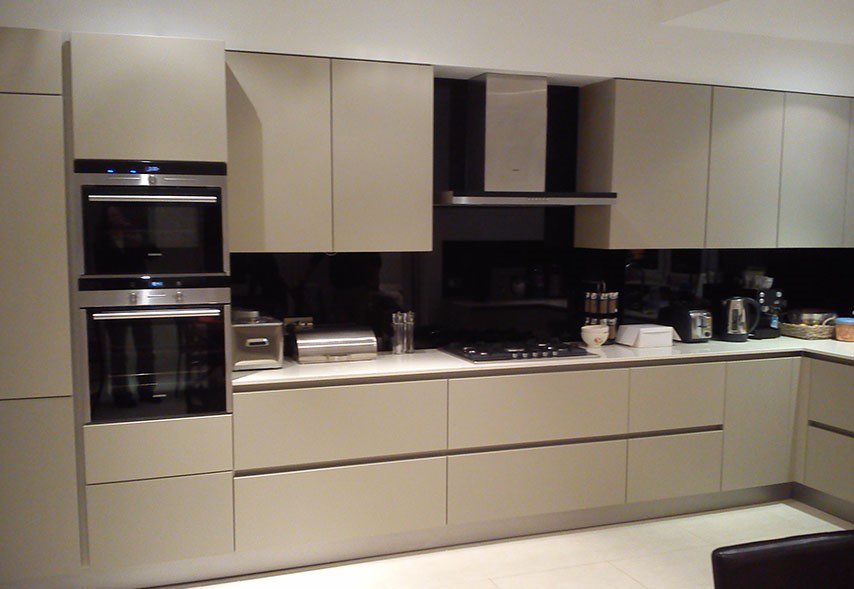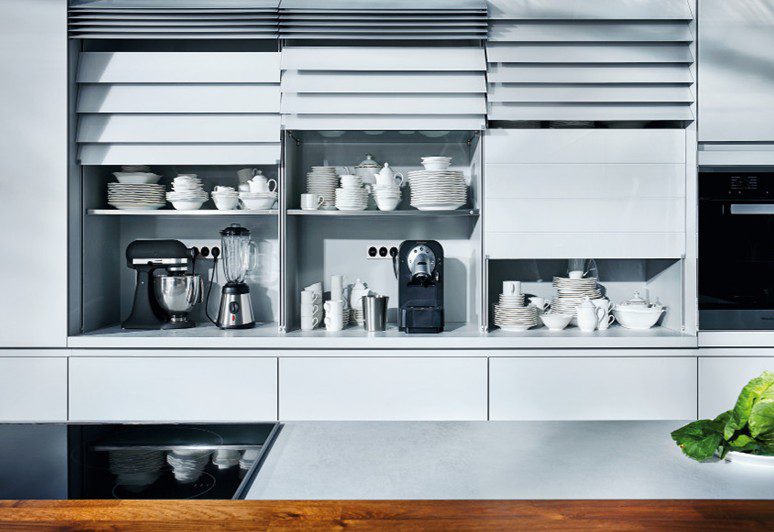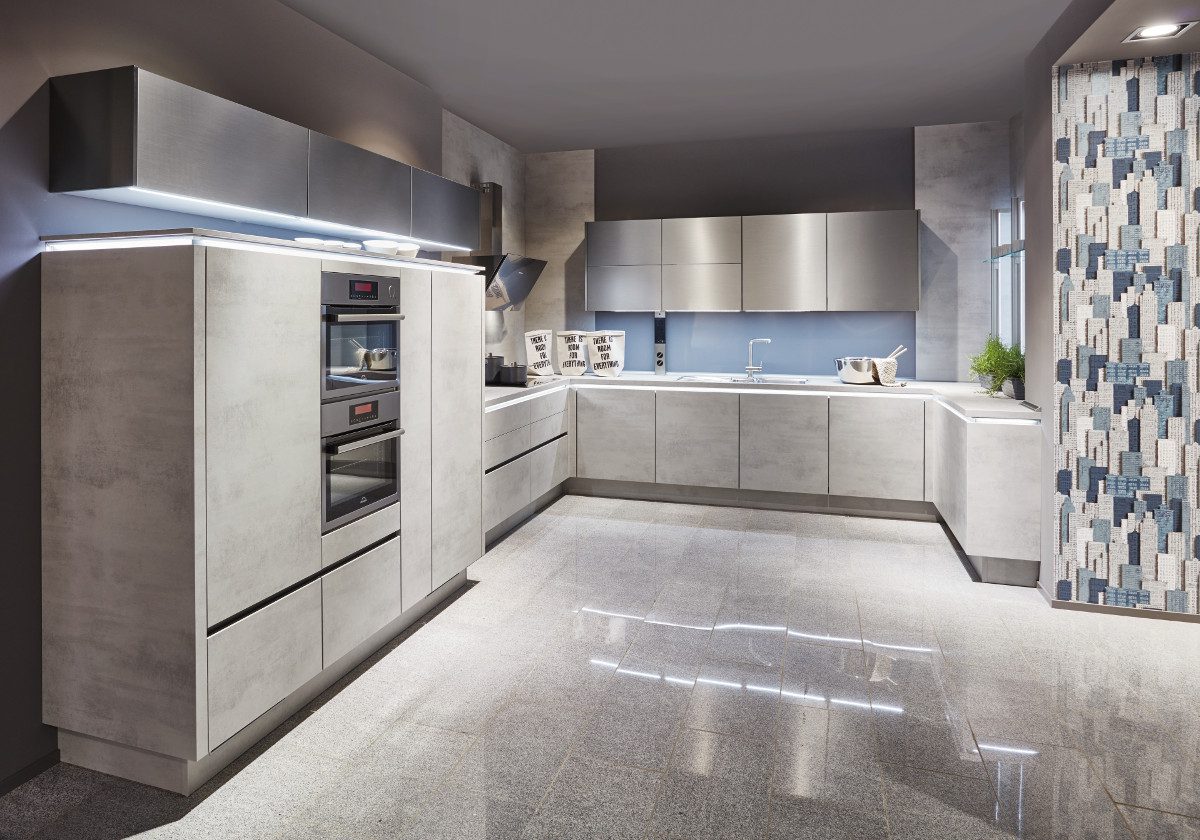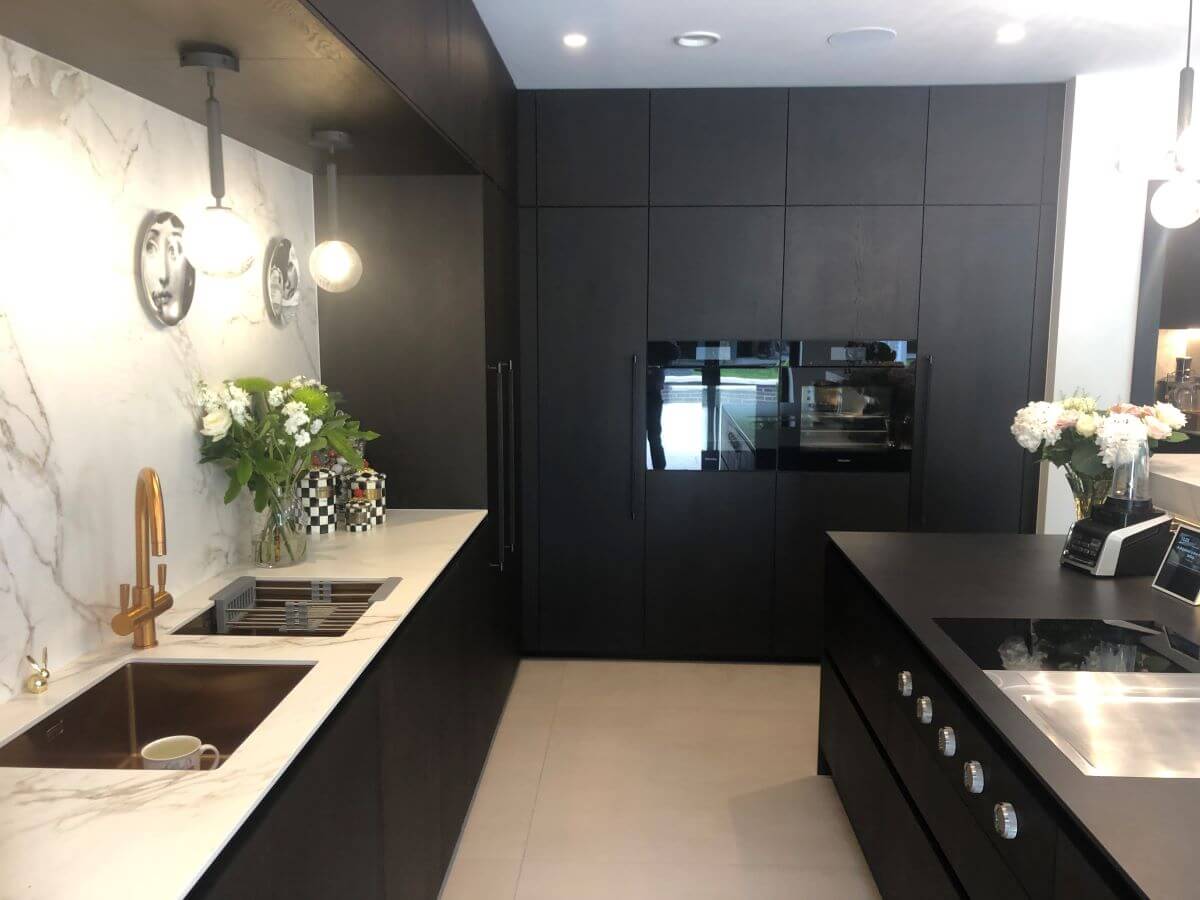Temporary Kitchen: Surviving Renovation Challenges

The kitchen is the heart of the home. It’s where everyone gathers to have a chat, cook and eat. But when you’re undergoing kitchen renovations, things can be chaotic. There’s no counter space, you can’t access the sink and there’s a dust blanket covering your appliances. So a temporary kitchen setup can really help you out while your kitchen gets remodelled.
If you want to know more about temporary kitchens
Call Us Today | inquire via email.
Here’s our kitchen renovation survival kit including how to set up a temporary kitchen.
Planning Your Temporary Kitchen
First and foremost, you need to assess your kitchen extension or renovation timeline – how long will it take for the project to be completed? This will determine the length of time you’ll need your temporary kitchen. If it will just take a few weeks, you can get away with using a small part of your home as your kitchen.
The location of your temporary kitchen will depend on the size of your home. You may choose to use a spare bedroom or the basement if you have one, but if you have a smaller home you will need to get creative and find a spot in the living room or dining room. Then gather the essential appliances and tools you’ll need, depending on your cooking needs. It might also help to get a portable stove or air fryer to take the place of the oven for the time being.
Setting Up Your Temporary Kitchen
Once you’ve chosen a designated spot, you can start setting up your kitchen. If you will be using a stovetop or oven, ensure that you take the necessary safety measures and there’s proper ventilation in the room. Decide where you will prepare food and cook, then clear some space for appliances.
For your cookware, utensils and grocery items, you might need stackable bins and baskets as temporary storage solutions. This will give you a sense of organisation and will assist you with meal preparation.
Meal Planning and Preparation
Planning meals is essential when you’re limited on space. By choosing simple but healthy recipes, you won’t require a lot of ingredients or counter space! Use pre-cooked or frozen ingredients where possible and try to cook in bulk so you have leftovers for future meals.
Your portable cooking appliances will come in handy with meal preparation. A microwave can be used to cook and reheat food, a toaster oven or air fryer can be used to bake and roast food, while a slow cooker is perfect for hands-off cooking, saving you time and effort.
Managing Cleanup and Hygiene
Maintaining cleanliness in a makeshift kitchen is super important to avoid any food contamination. It’s efficient to clean as you go to prevent messes from building up. Wipe down counters and appliances after each use and don’t forget to sweep and mop your space regularly.
Since you don’t have your kitchen sink, you need to find alternate solutions for washing dishes. You may choose to wash up in a bathroom and if you have extra counter space you can place a draining rack on top. Another solution is to wash dishes in a large pot or bucket – it might help to think about your beautiful new kitchen sink while you do so!
Food storage and preservation is also an essential part of your temporary kitchen. Here are a few tips to ensure your food is stored properly:
- Store food in airtight containers to help keep food fresh and prevent the growth of bacteria.
- Label food containers with the date you stored them to keep track of how long food has been stored and ensure that you eat it before it expires.
- Freeze food that you won’t be using right away to extend the shelf life of food.
- Refrigerate food that needs to be kept cold, including meat, poultry, fish, dairy products, and eggs.
Additional Tips For Temporary Kitchens
- Make it safe and accessible by using appliances with the proper safety features and keeping them out of reach of children.
- Use a cleaning spray or wipe to disinfect surfaces after cleaning.
- Keep a trash can nearby and empty it regularly.
- Use a fan or open a window to ventilate the space after cooking.
- If you have pets, keep them out of the area where you’re cooking or cleaning.
Get in touch for more temporary kitchen ideas
A home renovation can be a stressful time but with these tips and techniques, it can be made a whole lot easier. To avoid having to find alternative accommodation or living on takeaways, a temporary kitchen setup is a great way of not only saving money but also maintaining a sense of normality – which is especially important if you have school-going kids. And before you know it, your extension or renovation will be finished and you can enjoy a beautiful new kitchen.
How you set up your temporary kitchen and what you need will be different for everyone, but if you need more ideas or expert advice on making renovations go smoother, feel free to contact us.






